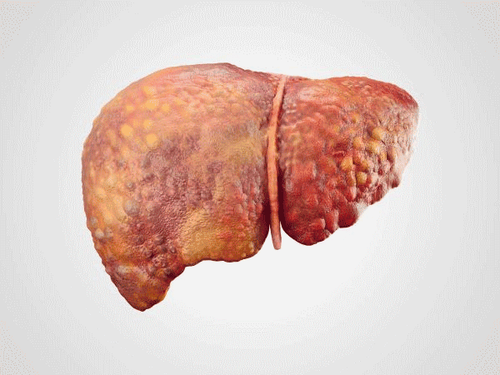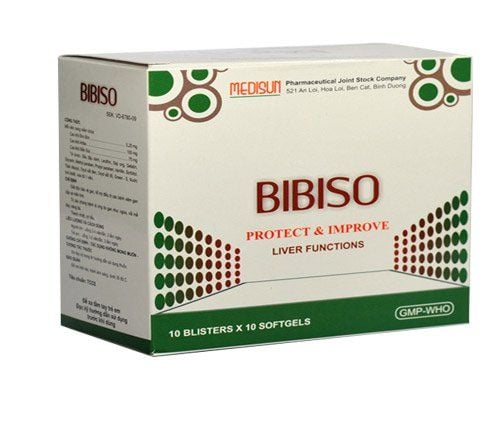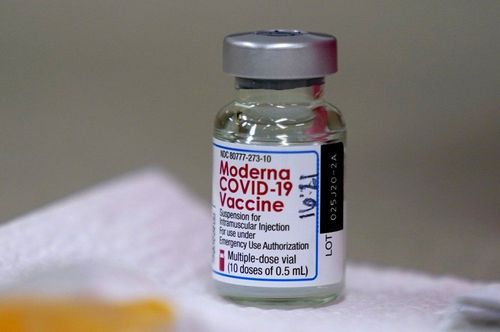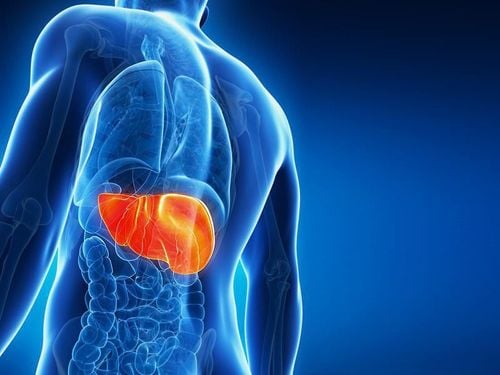This is an automatically translated article.
The article was professionally consulted by Doctor Department of Gastroenterology - Endoscopy, Department of Medical Examination & Internal Medicine - Vinmec Central Park International General Hospital.
Hepatitis D virus is a co-infection. The virus is usually transmitted from mother to child during childbirth, as well as by blood.
1. Hepatitis EASY
Hepatitis D is a liver disease in both acute and chronic forms caused by the HDV virus. HDV often occurs in a co-infection fashion, which means you will often get hepatitis B at the same time as hepatitis D. The virus is usually transmitted from mother to baby during childbirth, as well as by blood or other bodily fluids. Cases of vertical transmission from mother to child are rare.
Hepatitis D infection can occur in the absence of the hepatitis B virus. At least 5% of people with chronic hepatitis B infection are coinfected with hepatitis D, resulting in a total of 15-20 million hepatitis D infections worldwide. However, this is a broad global estimate as many countries do not report the prevalence of hepatitis D.
Hepatitis D is most common in Eastern Europe, Southern Europe, Mediterranean region, Middle East , West and Central Africa, East Asia and the Amazon Basin in South America. Worldwide, the total number of people infected with this infection has decreased since the 1980s. This trend is mainly due to successful global hepatitis B vaccination programmes.
Hepatitis B and hepatitis D coinfection is considered the most severe form of chronic viral hepatitis due to a faster progression to liver-related death and liver cancer.
Hepatitis D can be prevented by getting vaccinated against hepatitis B.

2. Transmission process
HDV is one of many forms of hepatitis. Other types include:
Hepatitis A is transmitted mainly through direct contact with feces or food fecal contamination. Hepatitis B is spread by contact with bodily fluids: blood, urine, and semen Hepatitis C is spread by contact with contaminated blood or needles Hepatitis E is transmitted through contaminated food or water Indirect Unlike other forms, hepatitis D can only infect people who are already infected with hepatitis B. Thus, the routes of transmission of hepatitis D are the same as those of hepatitis B, i.e. through dermatologically, sexually, and through contact with infected blood or blood products. Vertical transmission can occur but is rare. Vaccination against hepatitis B prevents hepatitis D infection.
Hepatitis D is primarily transmitted through skin-related activities and to a lesser extent through mucosal contact with blood or bodily fluids (semen and saliva) such as:
Having sex with an infected partner; Sharing needles, syringes, or drug preparation equipment with an infected person. Contact with blood from or open wounds of an infected person Share razors, toothbrushes with an infected person.

Hepatitis D is not spread through food or sharing eating utensils, breastfeeding, hugging, kissing, holding hands, coughing or sneezing.
People at higher risk for hepatitis D such as:
People with chronic hepatitis B Infants born to mothers with hepatitis D Hepatitis D partners Same-sex relationships Injecting drug users Exposure to families of people infected with hepatitis D Healthcare workers are at risk of exposure through contact with infected blood or body fluids Patients on dialysis.
3. Signs and Symptoms of Hepatitis D
3.1 Signs The hepatitis D virus causes infection and clinical disease only in people infected with hepatitis B. The signs of acute hepatitis D are indistinguishable from other types of acute viral hepatitis infection.
Fever Fatigue Loss of appetite Nausea and vomiting

Abdominal pain Dark urine Clay-colored bowel movements Joint pain Jaundice These signs and symptoms usually appear 3 weeks to 7 weeks after the initial infection.
3.2 Symptoms Acute hepatitis : is a simultaneous infection with hepatitis B and hepatitis D, which can lead to mild to severe hepatitis. However, the development of chronic hepatitis D is rare (less than 5% of acute hepatitis). Superinfection: Hepatitis D can infect someone who has a chronic hepatitis B infection. Hepatitis B superinfection with chronic hepatitis B increases progression to a more severe disease in all ages and in 70–90% of people. Hepatitis D superinfection accelerates the progression to cirrhosis. Liver transplantation can be considered as a treatment for patients with fulminant hepatitis and end-stage liver disease. New drugs such as prenylation inhibitors or HBV entry inhibitors are also effective.
To prevent hepatitis D it is important to first prevent hepatitis B through hepatitis B vaccination, blood safety, injection safety and harm reduction services.
Please dial HOTLINE for more information or register for an appointment HERE. Download MyVinmec app to make appointments faster and to manage your bookings easily.
Articles source references: who.int, cdc.gov













